On September 14, 2019, Wiskind Construction Steel Co., Ltd. and the School of Architecture and Urban Planning of Tongji University signed a cooperation framework agreement. The two parties jointly developed the architectural design course and the launching ceremony of the "Wiskind Cup Creative Architectural Design Competition", which was successfully held at the headquarters of Wiskind.
Before the signing ceremony, with the reception and escort of the Wiskind steel product team, the teachers and students of Tongji University visited the production base of the Wiskind steel product headquarters and the project research institutes of the Steel Product Research Institute. For advanced equipment and internationally first-class intelligent The manufacturing line is deeply shocked.
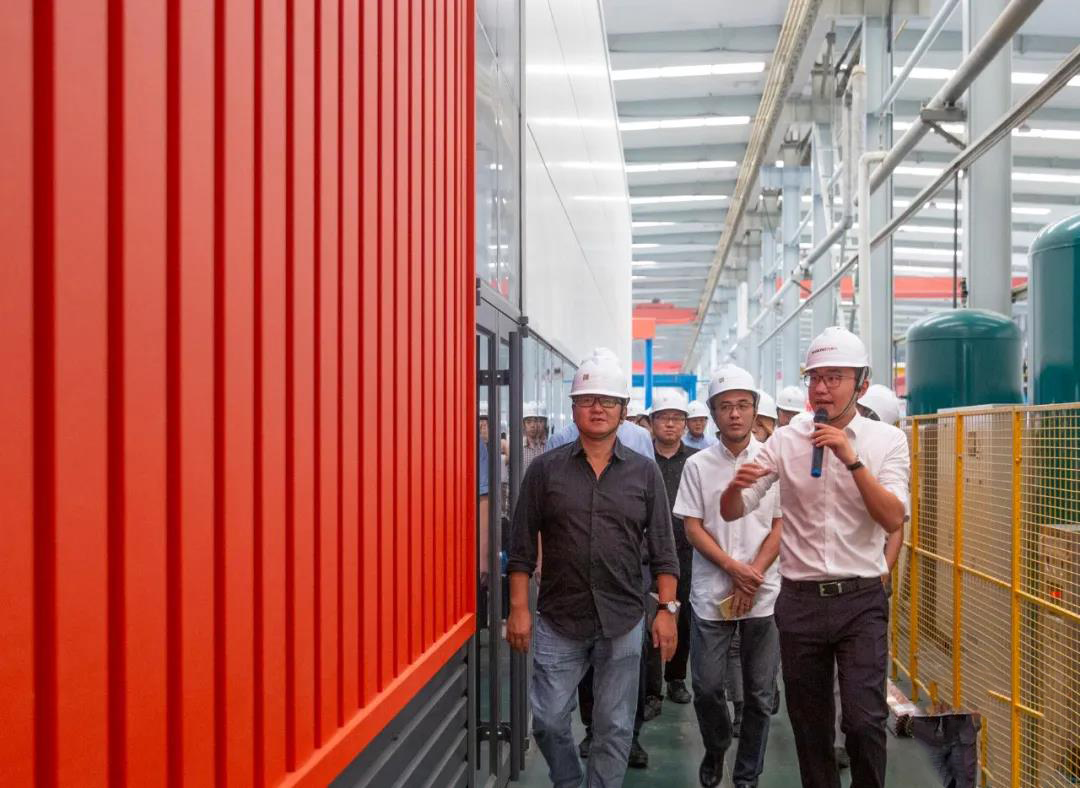
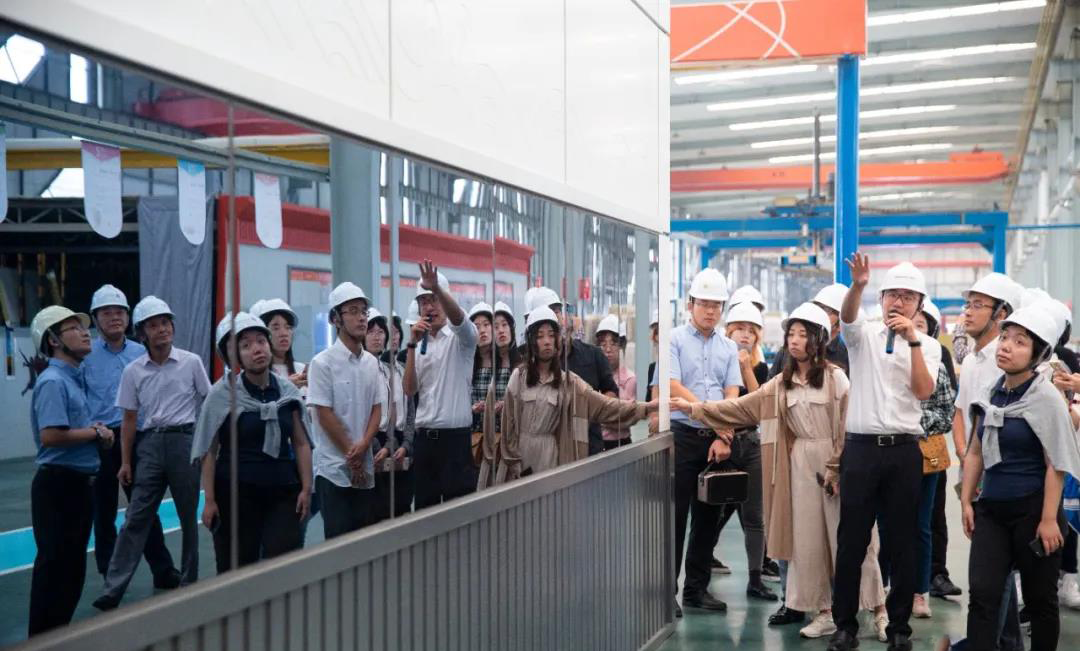
At the same time, the teachers and students of Tongji University brought a special set of gifts-"Endless Realm" steel sculptures to Master. This group of works was created by the teaching team of Professor Yin Jia (Associate Professor Wang Ke, Associate Professor Tian Weijia, Teacher Lu Lu) of the School of Architecture and Urban Planning of Tongji University. The works not only condensed creative wisdom, but also carried the sincerity of Tongji and Wiskind Friendship indicates that the two parties will work together and promote the healthy development of the integration of industry, academia and research.
Meet, Tongji
"Endless Realm", a group of sculptures displayed in the exhibition hall of Master Headquarters, attracted the attention of viewers for its unique effect. For this reason, we conducted an exclusive interview with Yin Jia teacher. Finally, after the epidemic, we have the opportunity to step into Tongji again. On the campus, I once again had more in-depth communication with teacher Yin Jia.
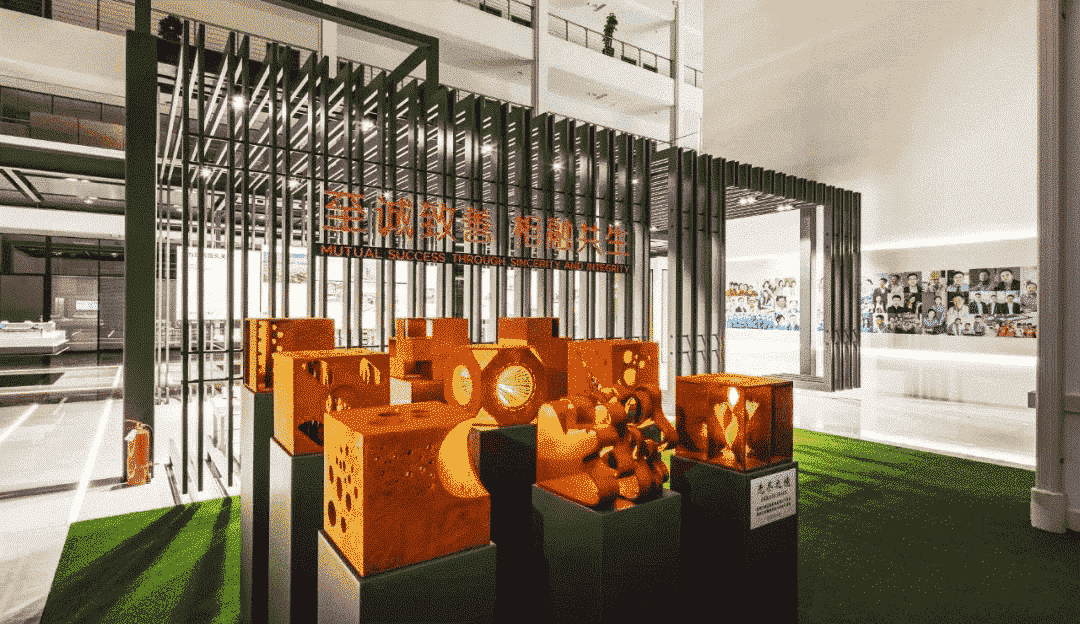
About "Endless Land"
Yinjia:
This is a creative topic of our pottery course ‘Ceramic Cube’ (also called ‘Ceramic Lantern’). This topic has been carried out for more than ten years. For students who are exposed to pottery clay for the first time, we focus on the training of pottery molding methods, including mud molding, sheet molding, embryo molding, and hand-kneading molding. Through practice, students will be familiar with and fully master the thickness of pottery. , Cohesion, dryness and humidity of materials, crafting procedures, especially the muddy nature of pottery, let students experience the generation and shaping of pottery shapes.
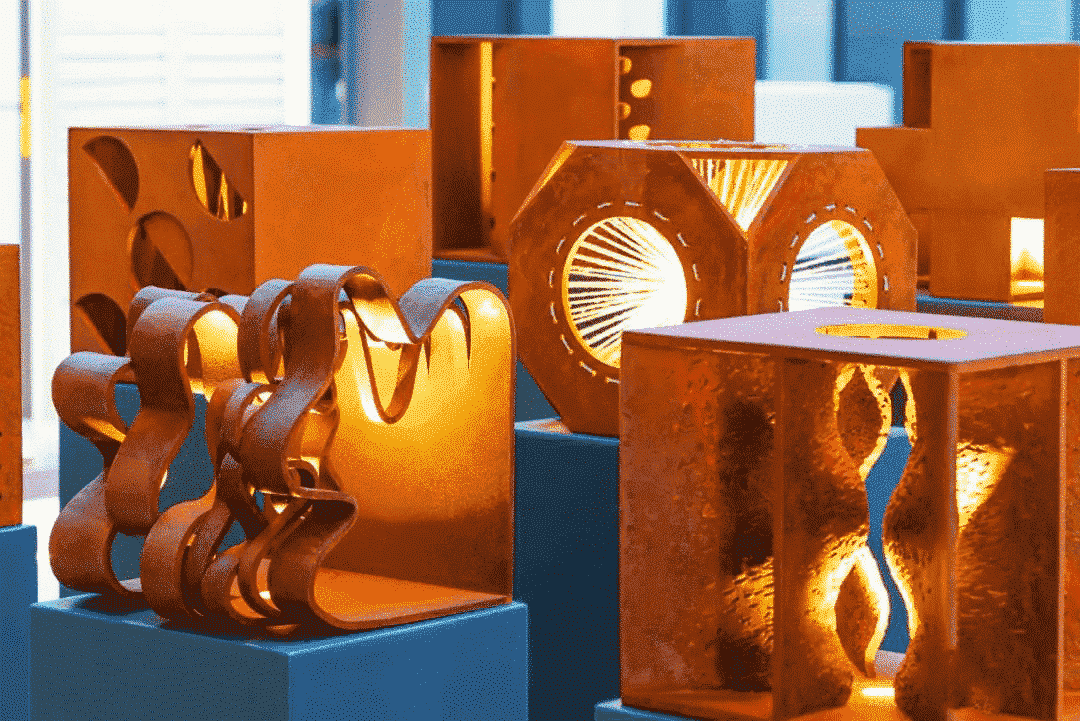
At the same time, as a creative topic, it is required that in the design, more than 45% of the six sides of the cube should be open, and the "light" element should be added at the same time, and the light propagation path should be preset, whether it is from the outside or from It is reflected in this that this will cause the difference in form, which is to use "light" as one of the design elements, rather than an accident. This requires students to think deeply, experiment and repeatedly think and judge, and pass many sketches. The design discussion will not be implemented until the final production is finalized.
When we visited the exhibition hall of Wiskind Headquarters, there was a space suitable for the display of this group of ceramic cubic sculptures, so we commissioned a sculpture processing factory to forge the rusted steel plate with historical vein texture and enlarge it with the same proportion, and finally showed it through the light. A brilliant display effect.
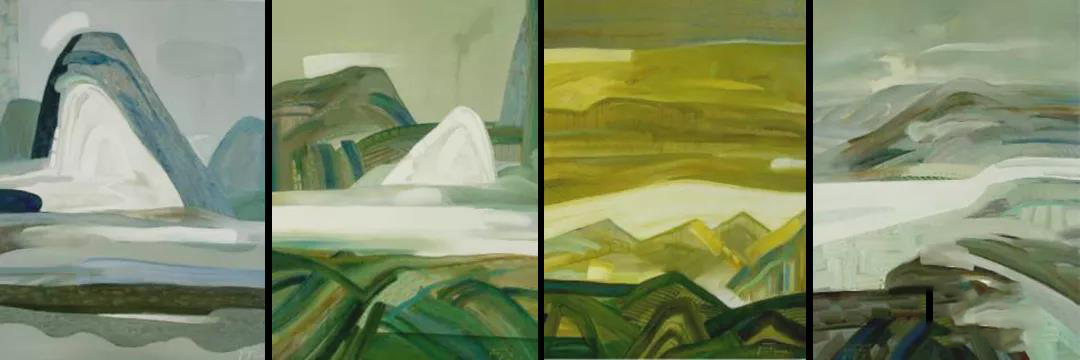
About the research direction of art major
As a teacher of Tongji University who is responsible for the construction of an art teaching innovation base, in addition to the field of wood engraving, Mr. Yin Jia is involved in arts such as ceramic art, oil painting, painted porcelain, photography, installation art, wood engraving and metal corrosion engraving, usually in the art world. There are fixed labels such as oil painters, printmakers, and sculptors, but it is really rare for a person like Teacher Yin Jia to participate in different exhibitions with different identities. This can't help but give us a strong curiosity.
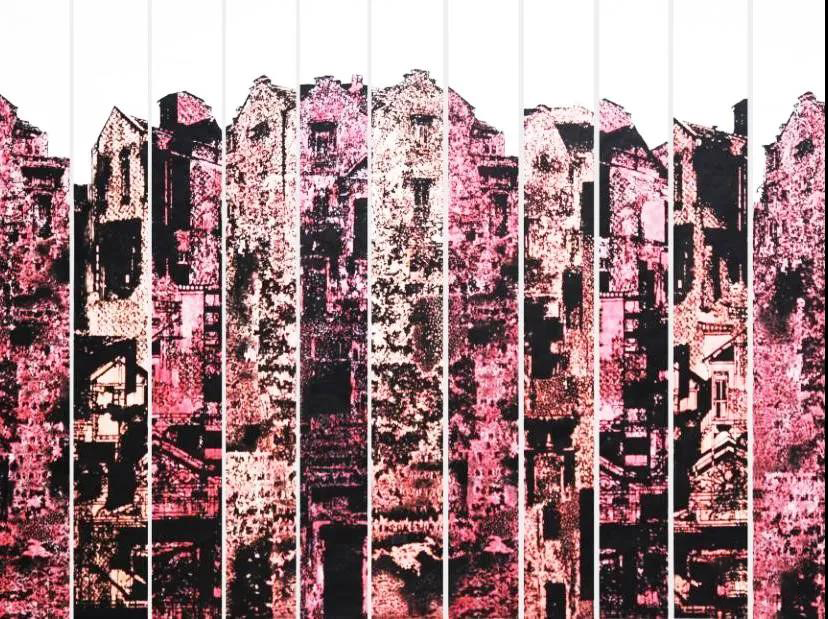
Yinjia:
The foundation of any artistic creation is the in-depth excavation and research on the aesthetic characteristics of materials. Each type of artistic material has its own defects, such as Chinese painting, which will get out of control after a little hesitation during the painting process, but this defect has achieved The characteristics of Chinese painting. In woodblock prints, once a knife is cut, it cannot be modified. Although the clay model can be switched between addition and subtraction, it is necessary to fully understand the mud property, otherwise it may deform or collapse after firing.
Any art form has its own characteristics, and their respective characteristics are also based on their own defects. We need to study and pay attention to it, and we must be good at controlling. This is the commonality of all art creation
In more than 30 years of public art creation practice, he has completed various projects such as monuments, sculptures, reliefs, murals, and participated in and presided over many national and Shanghai projects.
For example: Shanghai Metro series of murals and reliefs: Shanghai Science Hall Department murals and mural design: Beijing People’s Great Hall banquet hall decoration; Central United Front Department facade relief: Central Organization Department indoor space theme mural: ASEAN Summit Center mural : Pottery Mural of Shanghai Center Building: Large metal reliefs in Sansha City, Hainan (Xisha Islands Yongxing Island) and many other projects.
"Each time I accept a new task, it is a new understanding and attention to the material, because each material has its own unique spiritual characteristics, which is ultimately reflected in the shape design."
About the epidemic
At the beginning of 2020, China was hit hard by the epidemic. In the face of sudden changes, people's lifestyles also changed accordingly. How did Teacher Yin Jia spend such an unforgettable time throughout the epidemic?
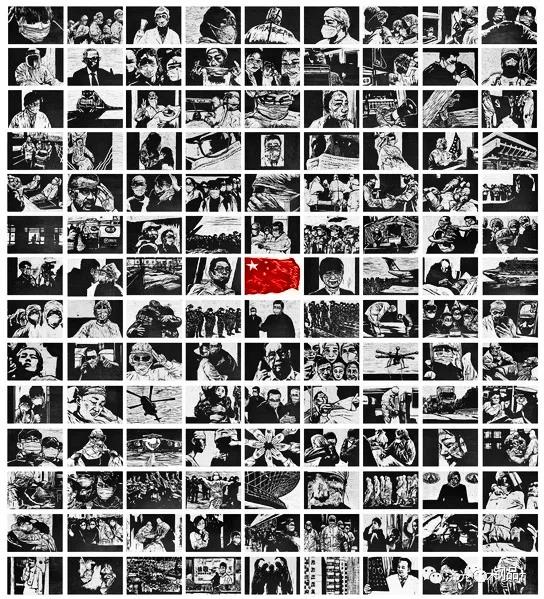
Yinjia:
This is the longest Spring Festival in the entire history of China. From the initial irritability and anxiety to gradually soothing, the mood changes as the epidemic develops.
On January 23, the city was closed in Wuhan. It was covered by various epidemic information every day, and I was very anxious and irritable. So I chose a convenient print format to relieve my inner emotions, and recorded every bit of this period. From January 26 to the end of March, two months without stopping, a total of more than 150 pictures were completed. The characters portrayed were doctors and nurses, volunteers running in the community, and construction workers who created Chinese miracles. There is the People’s Liberation Army, and there are science and technology experts who race against time.
The epidemic has slowed down the entire world, many things have been filtered, and it also makes people rethink the way of work, life, interpersonal communication and consideration of the future.
Yin Jia’s woodcut prints of “The Moments That Can’t Be Forgotten in 2020” participated in the “Calling” Shanghai Anti-epidemic Art Works Exhibition and were collected by the Shanghai Library Chinese Cultural Celebrity Manuscript Museum.
About the teaching methods during the outbreak
Yinjia:
Online teaching breaks the barriers of schools and professional barriers, and explores and innovates online and offline
The online teaching started in February is relatively smooth. Since our class is a practical class, we initially had frustration, fear and worry about online teaching. However, after the teaching team’s course design, topic adjustment and timely change of teaching methods, we opened A new model of online teaching.
At the same time, the content of the course is no longer confined to the reliance on the original materials such as pottery, wood carving, etc., make full use of the home model, and tap the daily life materials (such as: roll paper, express packaging boxes, bottles, cans, etc.) available at hand. Artistic creation. This home-based model also allows students to re-understand and understand their own home, feel the temperature and family care of the home, which is the result of offline teaching.
Online teaching also removed the barriers of the school and broke the professional barrier. We will invite other colleges and experts to take classes together, which will further promote the communication and exchange with other colleges.
Of course, online communication has its shortcomings. Offline teaching can be explained face-to-face and revised, and in the face-to-face communication with students, students can understand the degree of understanding through eye contact, but online teaching is separated from students, making communication quite It's a lot of trouble. Fortunately, there are always more ways than difficulties. After overcoming all kinds of difficulties, everything is proceeding in an orderly manner. Therefore, online and offline education methods cannot be replaced by each other, and can only be developed in parallel.
How to help students better face the future
About the current building
When the new Chinese style gradually flourishes, when the scenery of the ancient town becomes young men and women wearing Han clothes, when the film "Nazha" crushes the box office, and when the National Palace souvenir becomes a good gift, how does our aesthetics of architecture change?
Yinjia:
Design comes from life, Chinese context is the source of our creation
At the moment, a group of cutting-edge architects pay attention to the historical context, extract design elements from the local culture, draw the most commonly used construction materials from the local area, and cut in from the construction methods to form a connection with contemporary creations and rich in individual cultural characteristics, full of human history and Architectural works with regional characteristics, such as the protection of ancient villages in Fujian, and the series of renovation projects for beautiful villages.
This is a normal path for the development of art in a country. It needs to draw strength from its own local culture. Our current teaching has also turned more to traditional culture, which is the source of creation.
Japanese design has done a very good job in terms of cultural retention, we can clearly distinguish that this is Japanese design.
Once upon a time, when we were studying the contemporary architecture in the West, we were all studying its volume, space, scale, material, construction method, etc. This is of course important. We have overlooked the foundation of creating this building, its culture, its historical background, and its chronology, how did a building evolve into this form. The shape of an art work is actually connected with its historical and cultural soil, and this is often overlooked. In fact, this determines the direction of art development.
When we understand the foundation and evolution of a work and the historical background, then the materials and methods of the art work are not so important. "
About cultural behavior
With the development of the city, the cultural industry supporting the positioning of the city in Shanghai is flourishing. The art museum exhibition halls along the east and west sides of the Huangpu River are blooming like bamboo shoots. When the artworks are getting closer and closer to the public, this is for the public. What is the trend?
Yin Jia:
As an international metropolis, there must be as many art venues as possible. In a city like Paris, there are thousands of exhibition halls, not including the windows between the streets and the streets. These are equivalent to miniature art galleries. It is the presentation of artistic wisdom.
A few years ago, the Student Union of Tongji University invited me to give a lecture on the topic "what are we looking at when we visit the art museum?" I asked back: What are we looking at when we are not at the art museum?
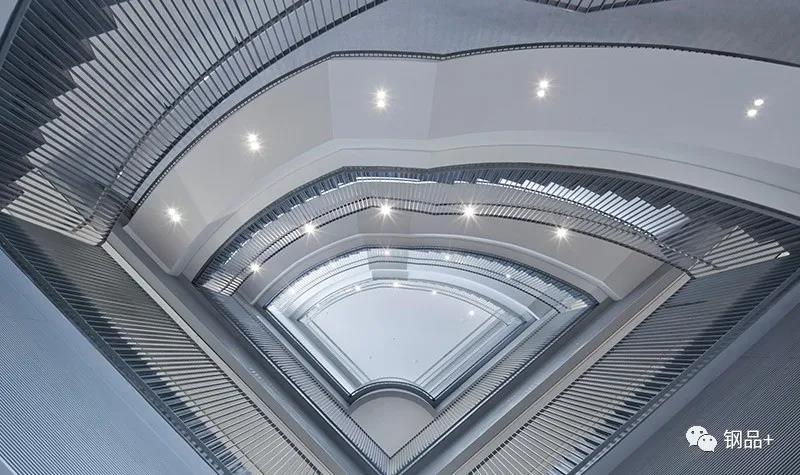
The study of human art is not something that can be learned only after entering a museum, museum or classroom. Art is a nurturing and a way to accompany life and growth. It is common in Europe for young couples to visit the exhibition with their newly born babies. I used to understand very little, what can these children see? What can you understand?
Later I realized that this was their way of life, and this way accompanied his growth, it was a visual baptism. Entering museums, art galleries, opera houses, concert halls, listening to symphonies, listening to operas, and praying in churches is their way of life. Among them, the horizon and hearing have been nurtured and nourished for a long time.
Chinese temples, artworks related to traditional festivals or ceremonies, paper-cutting, door-linking, clothing, etc. are all open-style art displays, not just limited to a specific exhibition, but related to the urban space and people’s daily life. Life is closely connected.
There are also cities and towns such as Pingyao in Shanxi and She County in southern Anhui. From city profiles to streets, palaces, houses, business shops, lintels, window decorations, wall decorations, even dressers, washbasins and other household appliances, depending on the destination And both are condensed with deep history and culture, and are the subtle implantation of consciousness. This implantation is through art forms, and people live and grow in such a cultural atmosphere.
Many cities in Europe are themselves an open museum. People inadvertently sit beside the world's masterpieces. The entire city space is a large display space. Art museums are just modern things. Ancient Greece and Rome thousands of years ago The entire city is an open art space.
Even if a child has never been to an art gallery, it will not hinder his aesthetic influence and expansion of artistic vision, because public spaces such as churches or subway stations in these cities are art exhibition halls, and none of them are repetitive designs or figurative or Abstract or classical or modern, just like art galleries, some are full of exquisite craftsmanship, some are classical, some are contemporary, and some present the charm of various materials. This is where a city’s cultural charm lies, and art spreads Fall in the corner of the city.
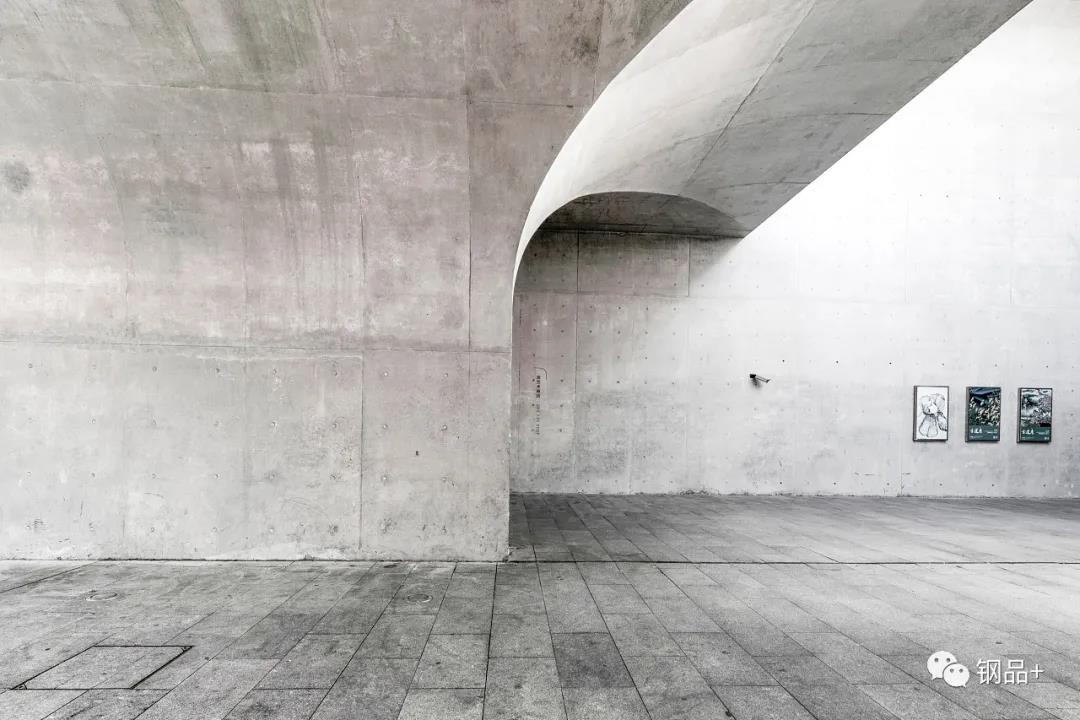
The cosmopolitan city is not only a few landmarks, but it is integrated into every street, even the local manhole covers are very creative and become the business card of the local city, some rigorous, some romantic, some Deliver a profound historical footprint.
As a display and collection space, the museum has its irreplaceability, but more importantly, it is a leisure place for citizens. In the future, our citizens will regard entering the art museum as a kind of daily life, just like going to a tea house. This will be a way of life accompanied by growth.
Be willing to raise talents for the son, Ke Qin tries his best to be careful
In the process of communicating with Yin Jia teachers, I deeply feel that the responsibility and mission of Yin Jia teachers as teachers in colleges and universities today, from curriculum design to team building and even artistic creation, are all derived from the creation of life and cultural background. The excavation and in-depth study of materials attaches great importance to the grasp of process design, and the exploration and exploration of light and shadow is the core understanding of design.
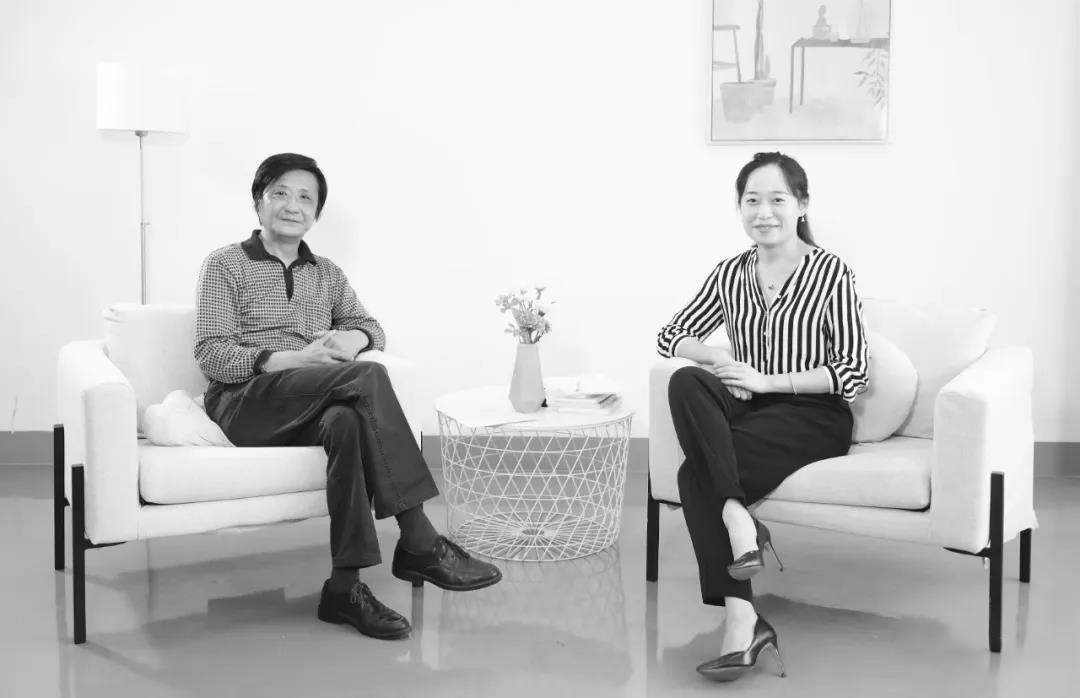
We are touched by the teacher's silent efforts and various considerations behind the course, and also admire the tireless pursuit of the teacher Yin as the creator.
Finally, I would also like to thank Teacher Yin Jia’s teaching team. Here, we see the future of art teaching in Tongji University!

Please read on, stay posted, subscribe, and we welcome you to tell us what you think.
 online service
online service +86-153 1435 3017
+86-153 1435 3017 market@wiskind.com
market@wiskind.com +86-153 1435 3017
+86-153 1435 3017